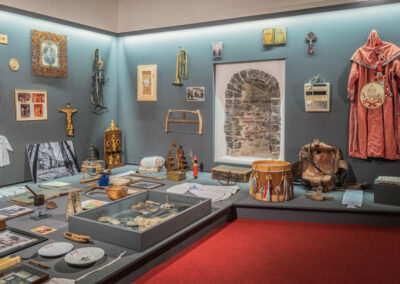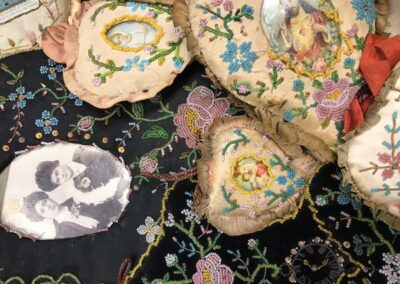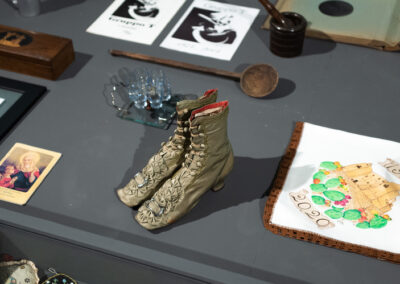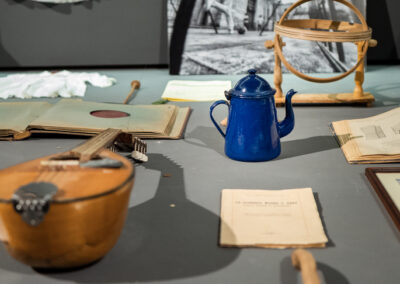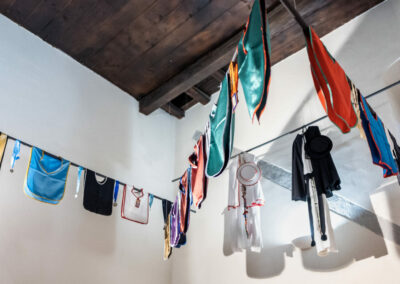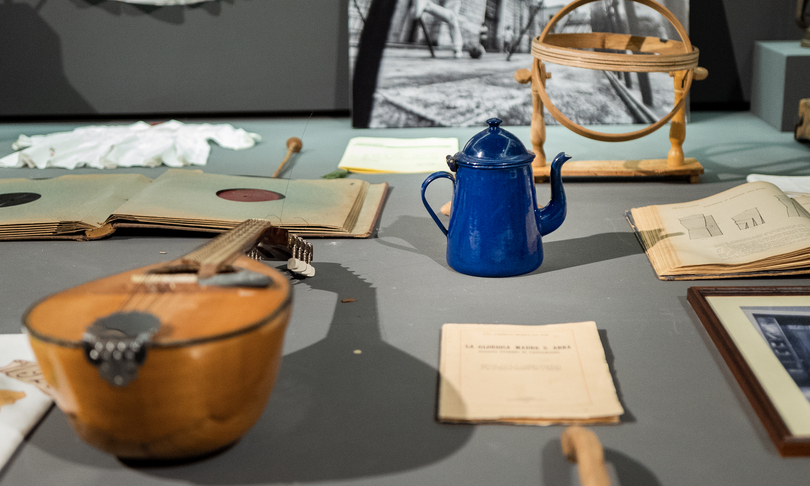
CATEGORY
Participation | ParticipationYEAR
2020DURATION
July 30, 2020 - March 28, 2021LOCATION
OnsiteFORMAT
WEBSITE
http://www.museocivico.eu/project/la-stanza-delle-meraviglie/TARGET
Citizens of Castelbuono and visitors to the Civic Museum of CastelbuonoTo celebrate the centenary of the purchase of the Ventimiglia Castle by the citizens of Castelbuono, the Civic Museum of Castelbuono presented the exhibition La Stanza delle Meraviglie (The Room of Wonders), an exposition of hundreds of objects loaned by the citizens of Castelbuono and collected in a precious set up created like the eighteenth-century Wunderkammer.
The exhibition is part of the project L’Asta del 1920, curated by Maria Rosa Sossai, Scientific Responsible of the Department of Participatory Projects of the Civic Museum of Castelbuono, in collaboration with the anthropologist Angelo Cucco and with the participation of the citizens of Castelbuono, involved already from 2019 in a process of re-appropriation of collective memory and about the value of sharing.
More than 200 objects lent by individual citizens, associations, schools and confraternities were exhibited, all of them actively involved in the project that makes an entire community as protagonist. At the core of the initiative, there is the celebration of the sense of belonging, of the recognition of the value of solidarity towards a common good, thanks to which the purchase of the Castle was made possible by a public collection wanted by the mayor at the time, Mariano Raimondi.
Following the suggestion of the Wunderkammer (room of wonders) that in the 1600s and 1700s stored collections of unique, eccentric and precious objects, La Stanza delle Meraviglie wanted to celebrate the value of a common good, through the acquisition of the Ventimiglia Castle with a public collection, following the sale at a judicial auction of the Ventimiglia Castle in 1920.
LINKS
FILES
AUDIO




